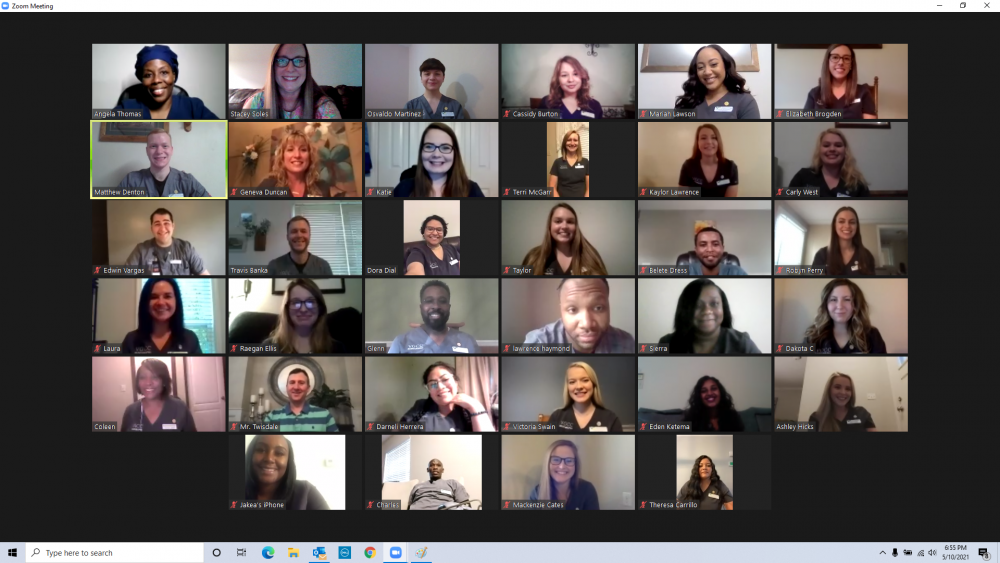
Psycho For Love: Sean Burton killed his estranged wife's lover, James Stropas, out of jealousy, now serving LWOP | Bonnie's Blog of Crime

Psycho For Love: Sean Burton killed his estranged wife's lover, James Stropas, out of jealousy, now serving LWOP | Bonnie's Blog of Crime























